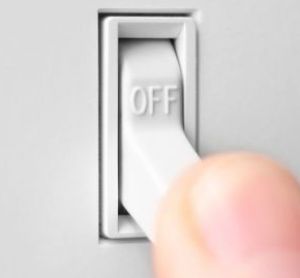 1. Stay warm, cut costs
1. Stay warm, cut costs
Turning your thermostat down by 1°C can save you 5-10% of energy, and pay less. Also, keeping your heating on constantly on a low heat could potentially save you more money than switching it on and off for big blasts of heat.
2.Let the sun in
The sun’s energy can have a noticeable effect on the temperature in your home, especially from windows facing south and west. Keep window shades and drapes open during winter months to let in the sun’s radiant heat. Close your drapes and blinds during the night.
3. Plan your lighting
Not every room needs the same amount of general light. Plan within a room to provide general background lighting and supplementary task lighting. A good lighting plan can reduce lighting costs and still provide all the light you need.
4.Turn off the lights
Always turn off the lights when leaving any room or when it's not in use.
5.Install your water heater near the kitchen
The kitchen is where you use the hottest water. When the water heater is located near the kitchen, hot water doesn’t have to travel as far and less heat is lost.
6.Shrink your bills, not your clothes
90% of a washing machine's energy expenditure is spent on heating the water, so if you wash your clothes at 30-40 °C you're saving significant amounts of money.
7.Choose a front loading washing machine
Not only does a front loading washing machine save water, it saves energy as well. It uses about 40% less water and about 50% less energy.
8.Use natural cooling
During warm weather, draw the curtains and drapes to keep the room cooler.
9.Use ceiling fans for air circulation
In hot weather, set the ceiling fan direction to blow air down. The air moving across your skin creates a cooling effect, allowing you to raise the temperature on your thermostat and still feel cool. In cold weather, set the fan to blow toward the ceiling. This pushes warm air away from the ceiling and evenly distributes heat in the room.
10. Turn off properly your electronic devices
Turn off your TV, computer, CD player etc. with the main switch, instead of using only the „standby” position. You can save 15% of energy.